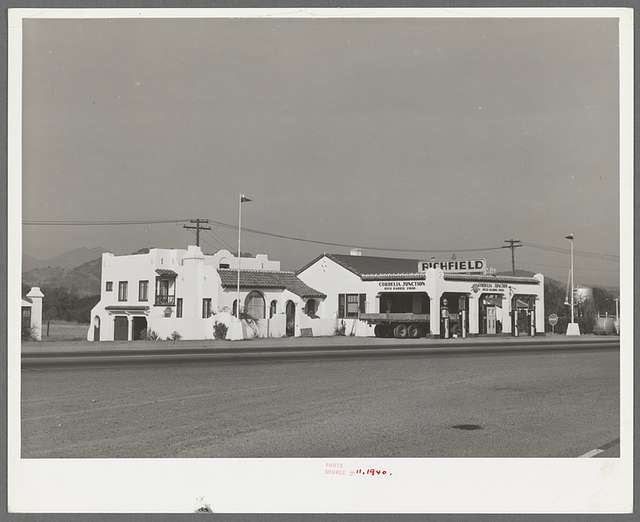With the constant advancements in technology, businesses are continuously seeking ways to improve their production processes. Can filling lines be automated? This is a question that many manufacturers are asking themselves as they look for ways to optimize their operations. In this blog, we explore the answer to this question and how automation can help businesses increase efficiency, reduce costs, and improve their bottom line.

Filling lines refer to the machines that are commonly used in the manufacturing industry to fill liquids or powders into containers. Such machines can be utilized in different industries like food and beverage, pharmaceuticals, and cosmetic manufacturing. For many years, filling lines have been operated by humans, which may lead to productivity issues, low accuracy, and quality control problems.
However, with the advent of automation, filling lines can now be automated using various technologies such as robotics, programmable logic controllers (PLCs), and other advanced solutions. Automation of filling lines allows manufacturers to take advantage of the benefits that come with automation, such as increased production efficiency, higher levels of accuracy and precision, and lower labor costs.
One key advantage of automating filling lines is that it can lead to increased efficiency. Automation ensures that the filling process is accomplished at a faster rate and with minimal human intervention. Since machines can work continuously without taking breaks that human workers need, automation can help to eliminate production bottlenecks, and increase overall efficiency.
Moreover, automated filling lines can be programmed to achieve high levels of accuracy and precision. With advancements in technology, many filling line machines can now be programmed to fill containers with an accuracy of +/- 1%, thus ensuring that every container is filled to the correct level.
Another advantage of automating filling lines is the potential for lower costs. While initial investment in automation can be high, the long-term cost savings can be significant. Labor costs are reduced due to reduced human intervention, and automated filling lines can operate continuously without the need for breaks, reducing downtime and increasing productivity. Additionally, the quality control that comes with automated filling lines helps to minimize the need for reworking or scrapping the products, leading to cost savings.
In conclusion, automation can help to transform the filling line industry and increase efficiency, accuracy, and quality control. By embracing automation, businesses can streamline their operations, reduce labor costs, and improve overall productivity. The question as to whether filling lines can be automated is no longer a matter of debate, but rather a necessity for businesses that wish to remain competitive in today's market. For businesses considering automation, now is the perfect time to invest in filling line automation and reap the benefits for years to come.